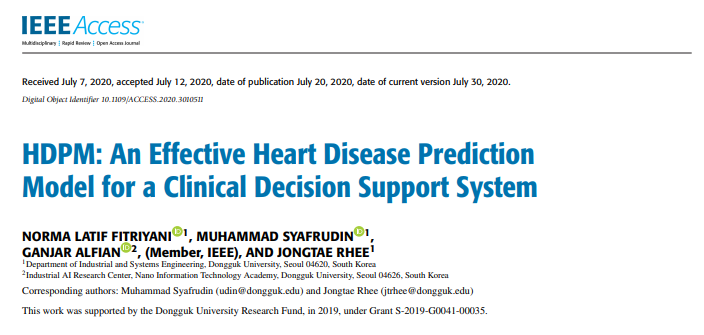
Abstract
Purpose
The purpose of this paper is to propose customer behavior analysis based on real-time data processing and association rule for digital signage-based online store (DSOS). The real-time data processing based on big data technology (such as NoSQL MongoDB and Apache Kafka) is utilized to handle the vast amount of customer behavior data.
Design/methodology/approach
In order to extract customer behavior patterns, customers’ browsing history and transactional data from digital signage (DS) could be used as the input for decision making. First, the authors developed a DSOS and installed it in different locations, so that customers could have the experience of browsing and buying a product. Second, the real-time data processing system gathered customers’ browsing history and transaction data as it occurred. In addition, the authors utilized the association rule to extract useful information from customer behavior, so it may be used by the managers to efficiently enhance the service quality.
Findings
First, as the number of customers and DS increases, the proposed system was capable of processing a gigantic amount of input data conveniently. Second, the data set showed that as the number of visit and shopping duration increases, the chance of products being purchased also increased. Third, by combining purchasing and browsing data from customers, the association rules from the frequent transaction pattern were achieved. Thus, the products will have a high possibility to be purchased if they are used as recommendations.
Research limitations/implications
This research empirically supports the theory of association rule that frequent patterns, correlations or causal relationship found in various kinds of databases. The scope of the present study is limited to DSOS, although the findings can be interpreted and generalized in a global business scenario.
Practical implications
The proposed system is expected to help management in taking decisions such as improving the layout of the DS and providing better product suggestions to the customer.
Social implications
The proposed system may be utilized to promote green products to the customer, having a positive impact on sustainability.
Originality/value
The key novelty of the present study lies in system development based on big data technology to handle the enormous amounts of data as well as analyzing the customer behavior in real time in the DSOS. The real-time data processing based on big data technology (such as NoSQL MongoDB and Apache Kafka) is used to handle the vast amount of customer behavior data. In addition, the present study proposed association rule to extract useful information from customer behavior. These results can be used for promotion as well as relevant product recommendations to DSOS customers. Besides in today’s changing retail environment, analyzing the customer behavior in real time in DSOS helps to attract and retain customers more efficiently and effectively, and retailers can get a competitive advantage over their competitors.
Published in: Asia Pacific Journal of Marketing and Logistics
DOI: 10.1108/APJML-03-2018-0088

